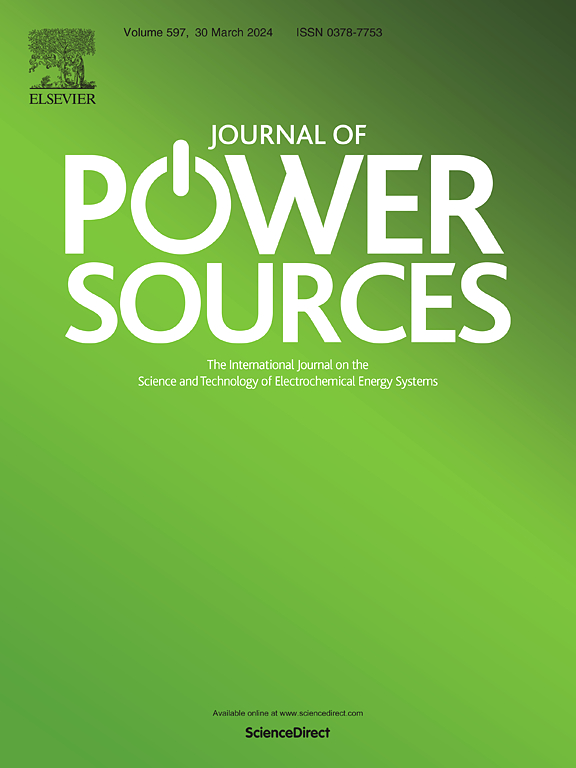Improving sulfamethoxazole degradation and power generation in bio-electro-Fenton systems using a bimetallic-insect exuviae melanin composite cathode
IF 8.1
2区 工程技术
Q1 CHEMISTRY, PHYSICAL
引用次数: 0
Abstract
The bio-electro-Fenton (BEF) process, powered by microbial fuel cells, can oxidize refractory organic pollutants. However, the poor electrochemical performance of BEF limits its H2O2 in-situ generation capability. This study addresses these limitations by improving the BEF system's power generation and degradation capabilities by introducing a modified cathode incorporating a Fe–Cu bimetallic and melanin (Me) composite. The BEF system equipped with the Fe–Cu–Me composite cathode achieves a 99.75 % removal efficiency of 10 mg/L of sulfamethoxazole (SMX) in 5 h and demonstrates the highest cumulative H2O2 generation (201.63 mg/L), which is 5.38 times higher than that of the unmodified carbon fiber system. The biotoxicity of the water treated by the Fe–Cu–Me cathode system shows a light inhibition percentage of only approximately 1 %, indicating an excellent degradation ability. Applying the Fe–Cu–Me composite alters the microbial composition in the anode tank and promotes the growth of electrochemically active and pollutant-degrading bacteria. Integrating Fe–Cu bimetallic and Me in the composite cathode significantly improves the electrochemical performance and pollutant degradation efficiency of the BEF system, providing a highly efficient approach for electrochemical treatment.

求助全文
约1分钟内获得全文
求助全文
来源期刊

Journal of Power Sources
工程技术-电化学
CiteScore
16.40
自引率
6.50%
发文量
1249
审稿时长
36 days
期刊介绍:
The Journal of Power Sources is a publication catering to researchers and technologists interested in various aspects of the science, technology, and applications of electrochemical power sources. It covers original research and reviews on primary and secondary batteries, fuel cells, supercapacitors, and photo-electrochemical cells.
Topics considered include the research, development and applications of nanomaterials and novel componentry for these devices. Examples of applications of these electrochemical power sources include:
• Portable electronics
• Electric and Hybrid Electric Vehicles
• Uninterruptible Power Supply (UPS) systems
• Storage of renewable energy
• Satellites and deep space probes
• Boats and ships, drones and aircrafts
• Wearable energy storage systems
 求助内容:
求助内容: 应助结果提醒方式:
应助结果提醒方式:


